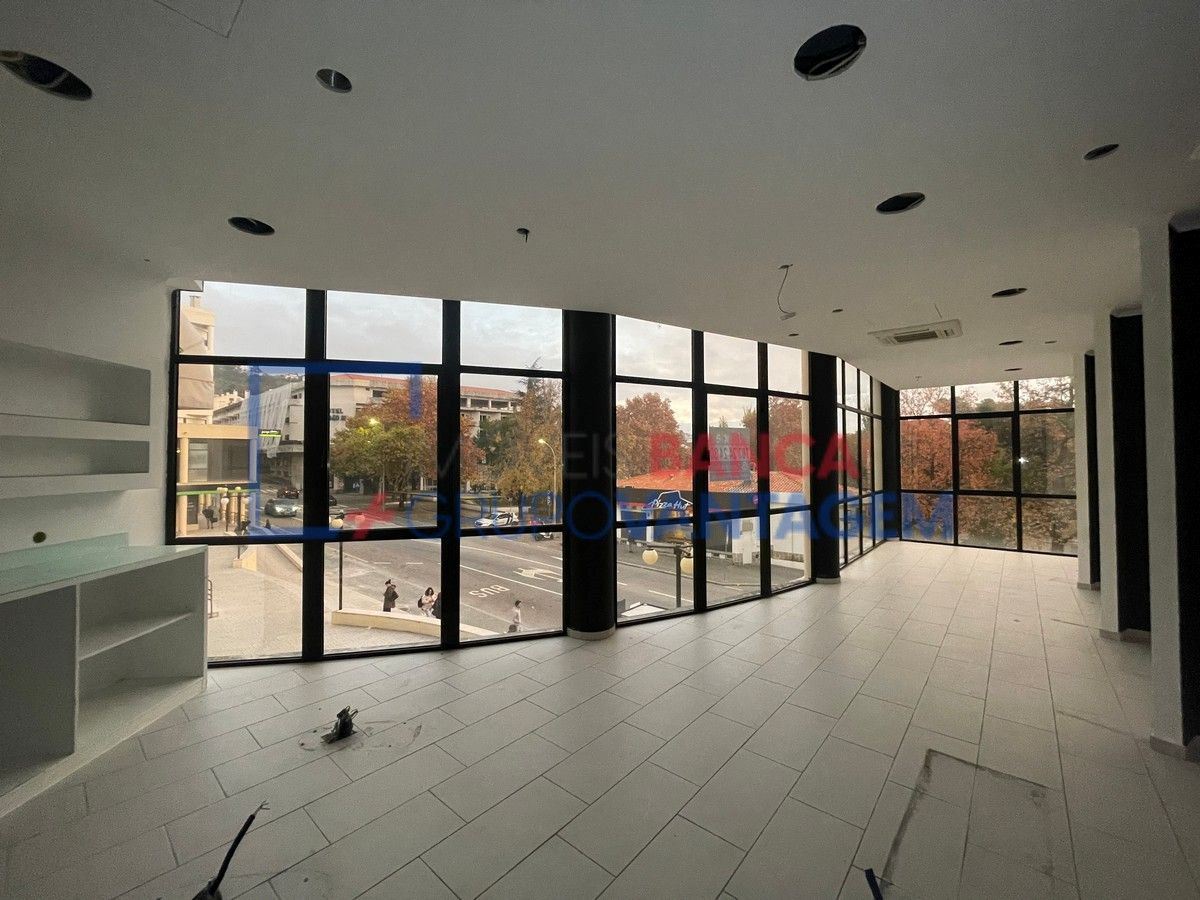
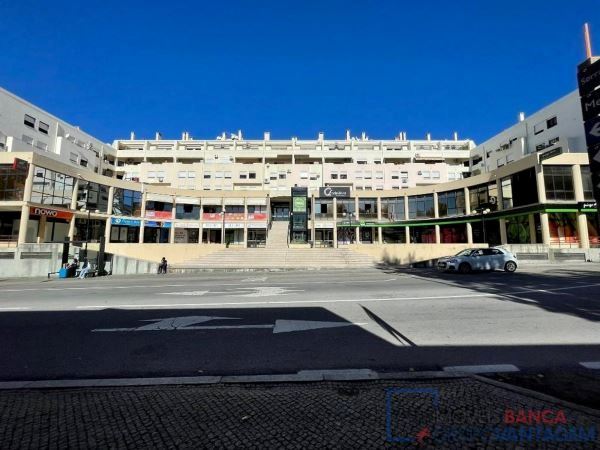
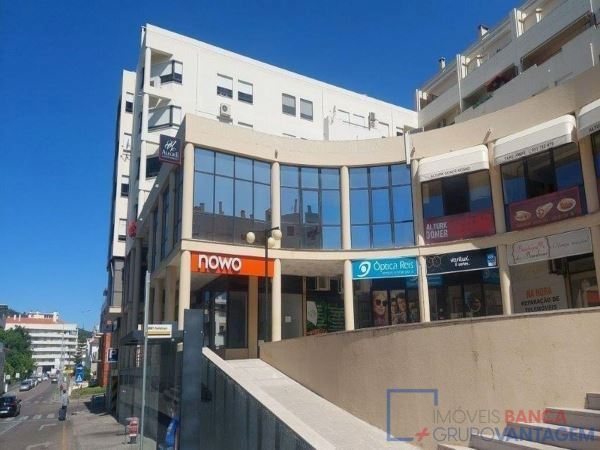
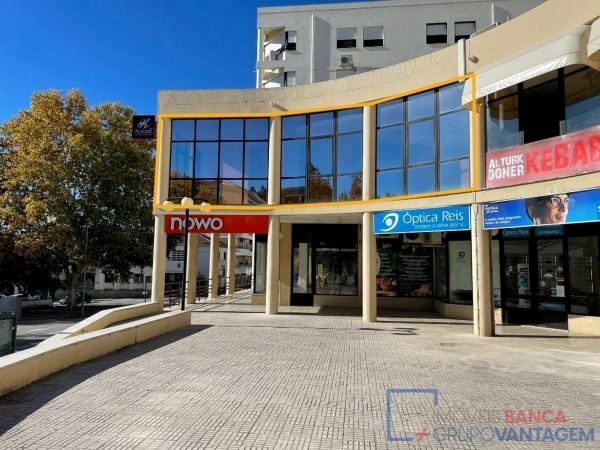
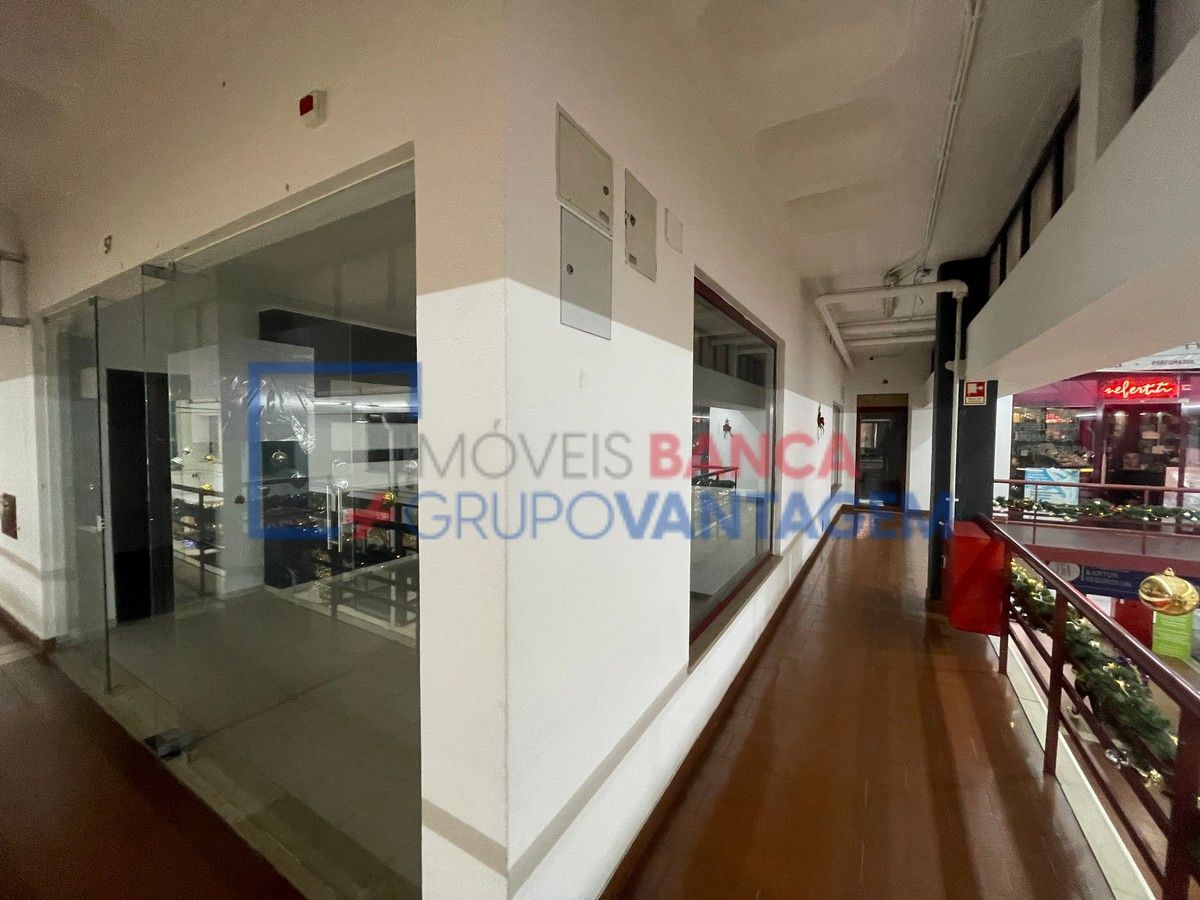
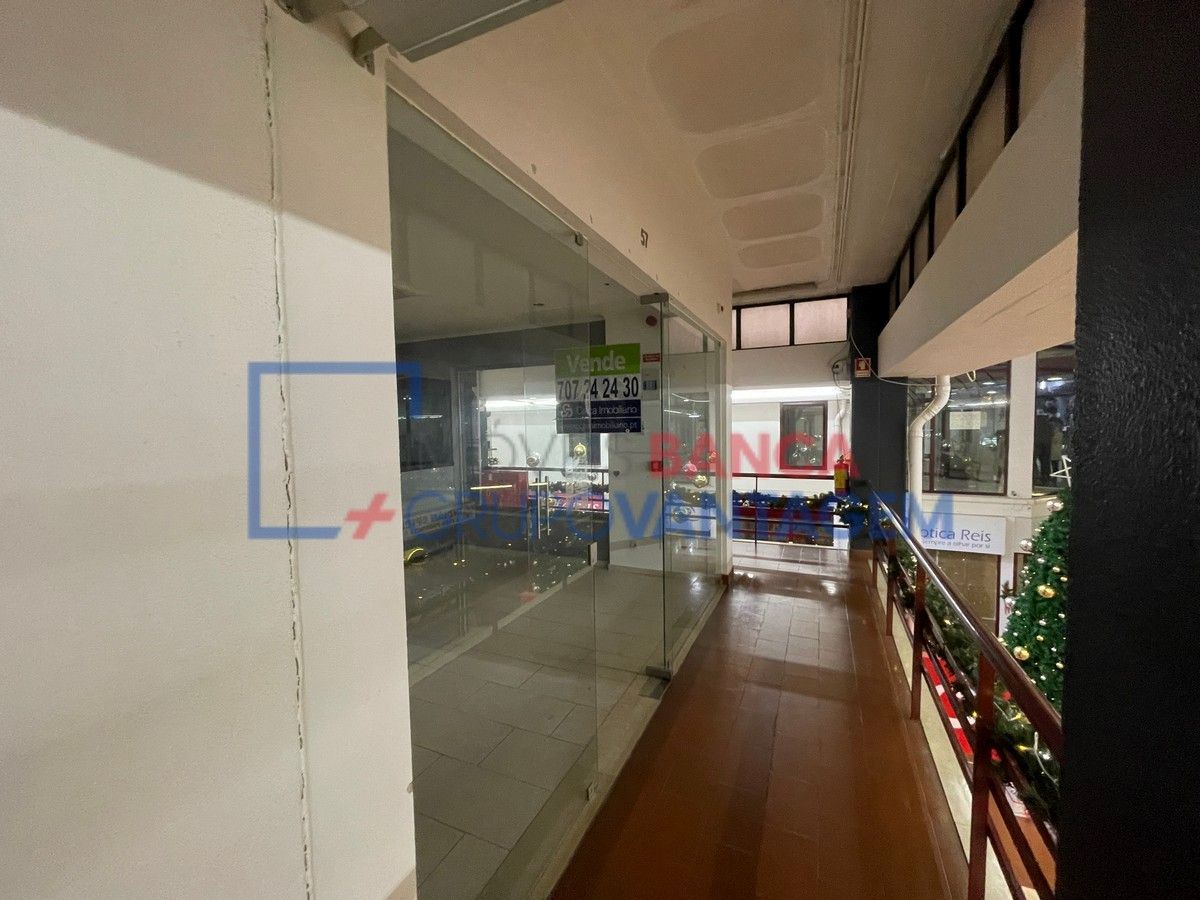
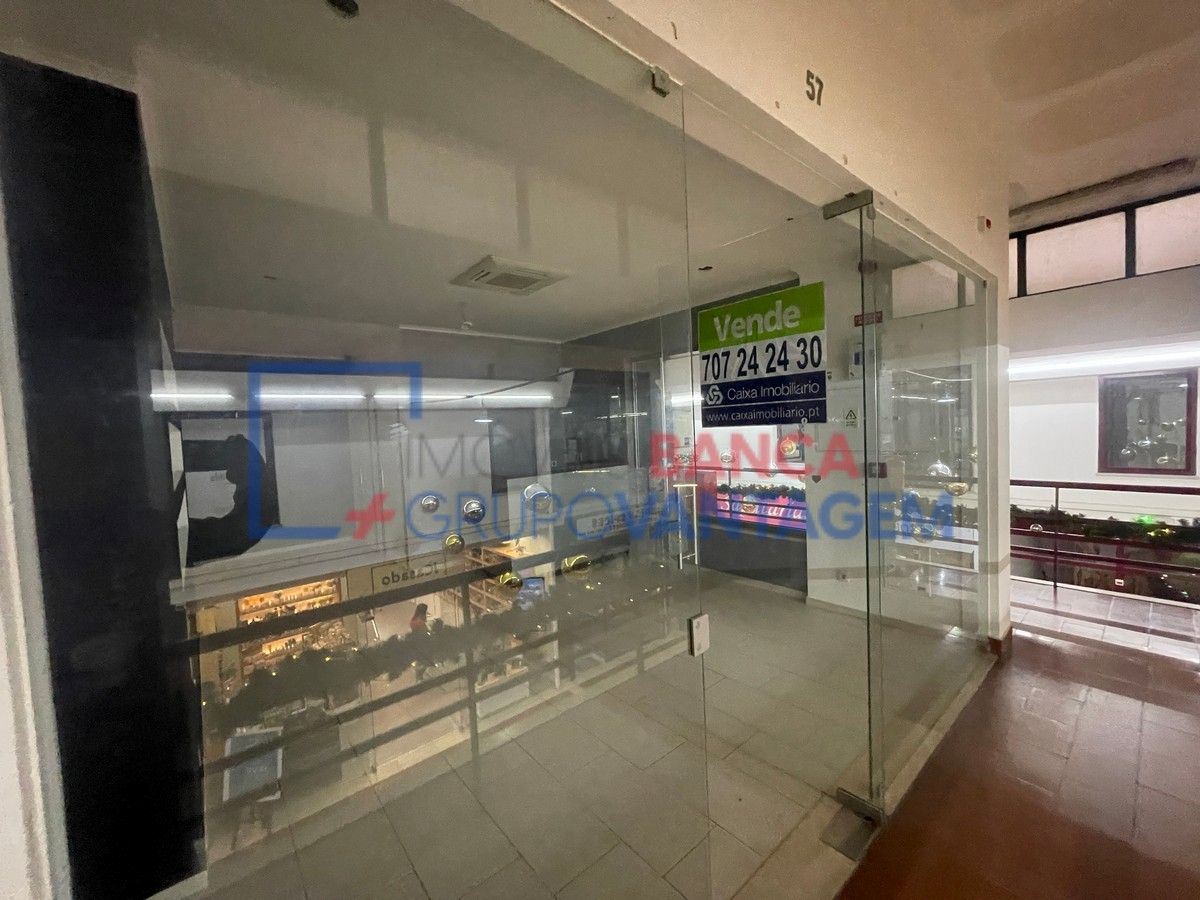
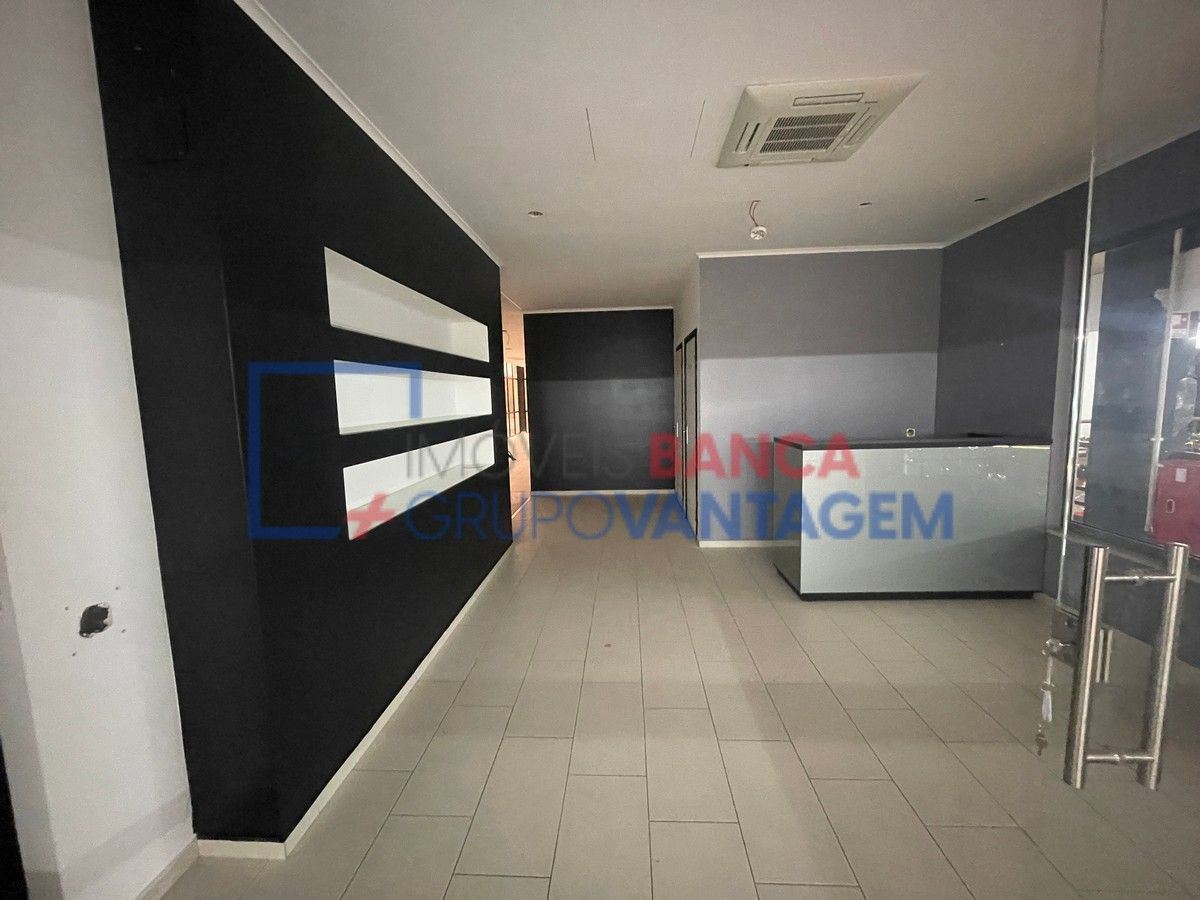
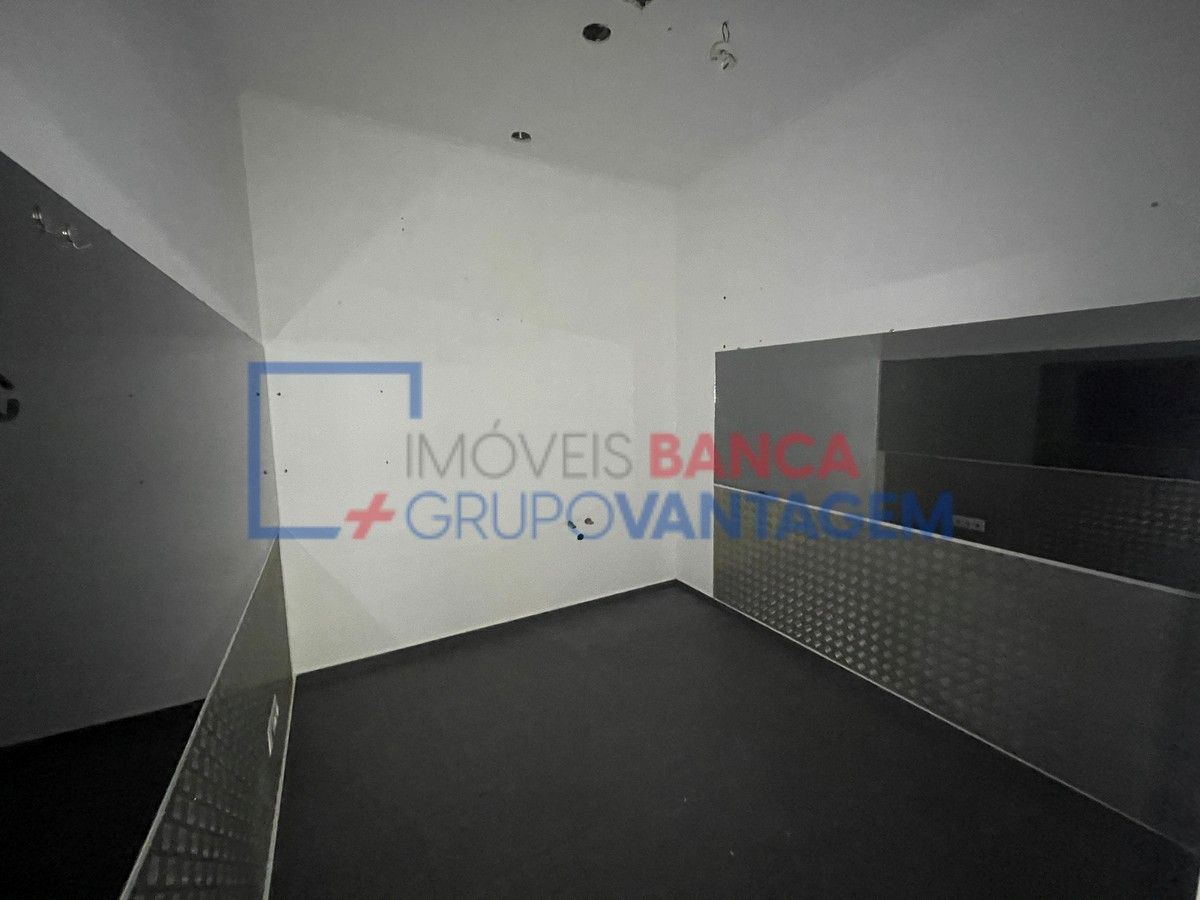
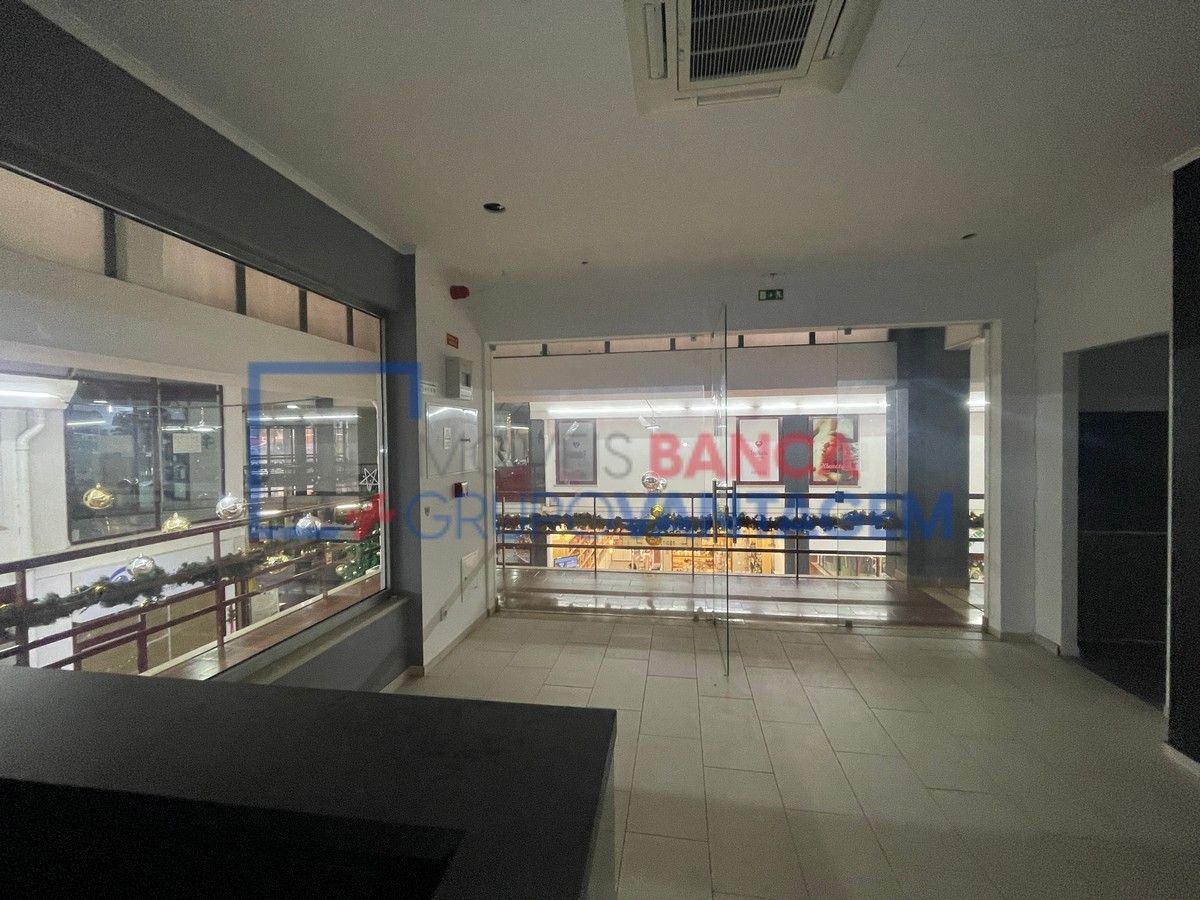
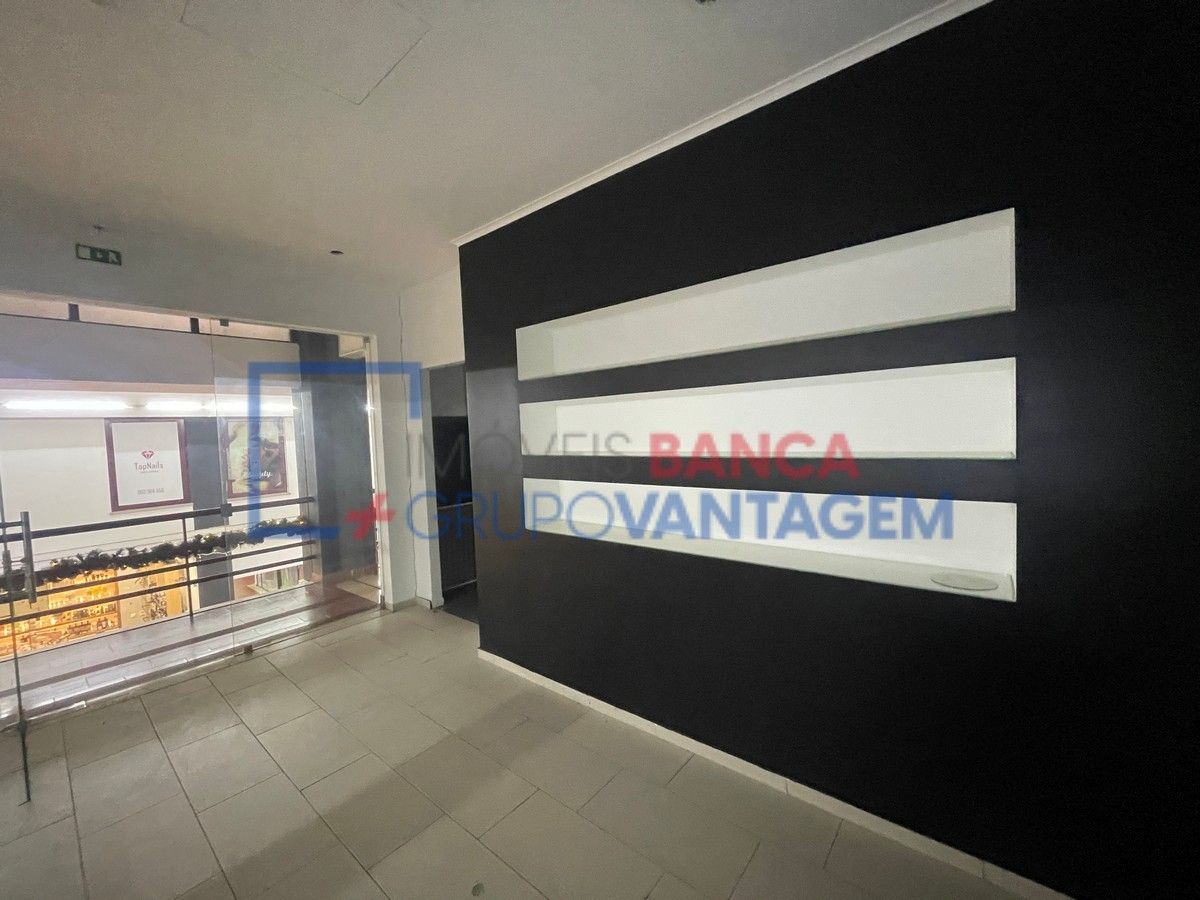
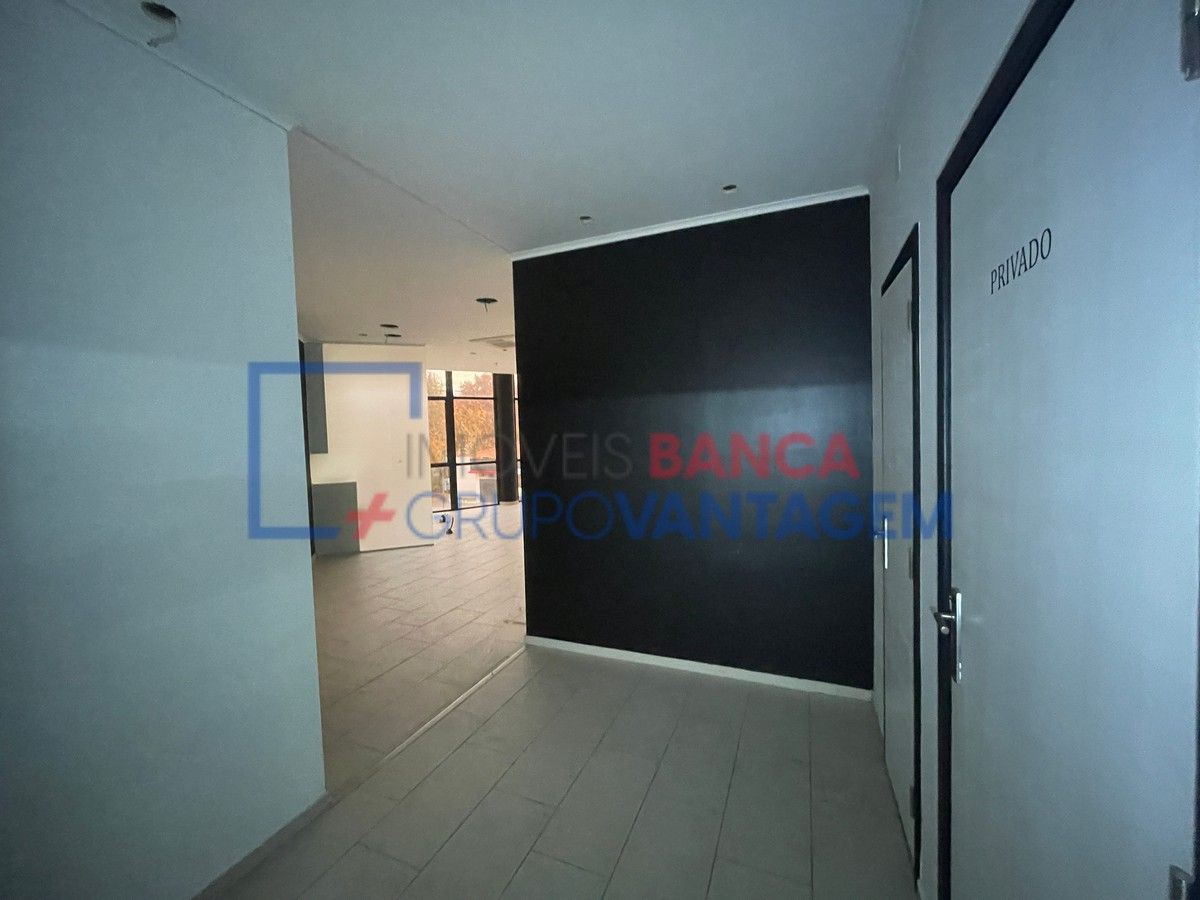
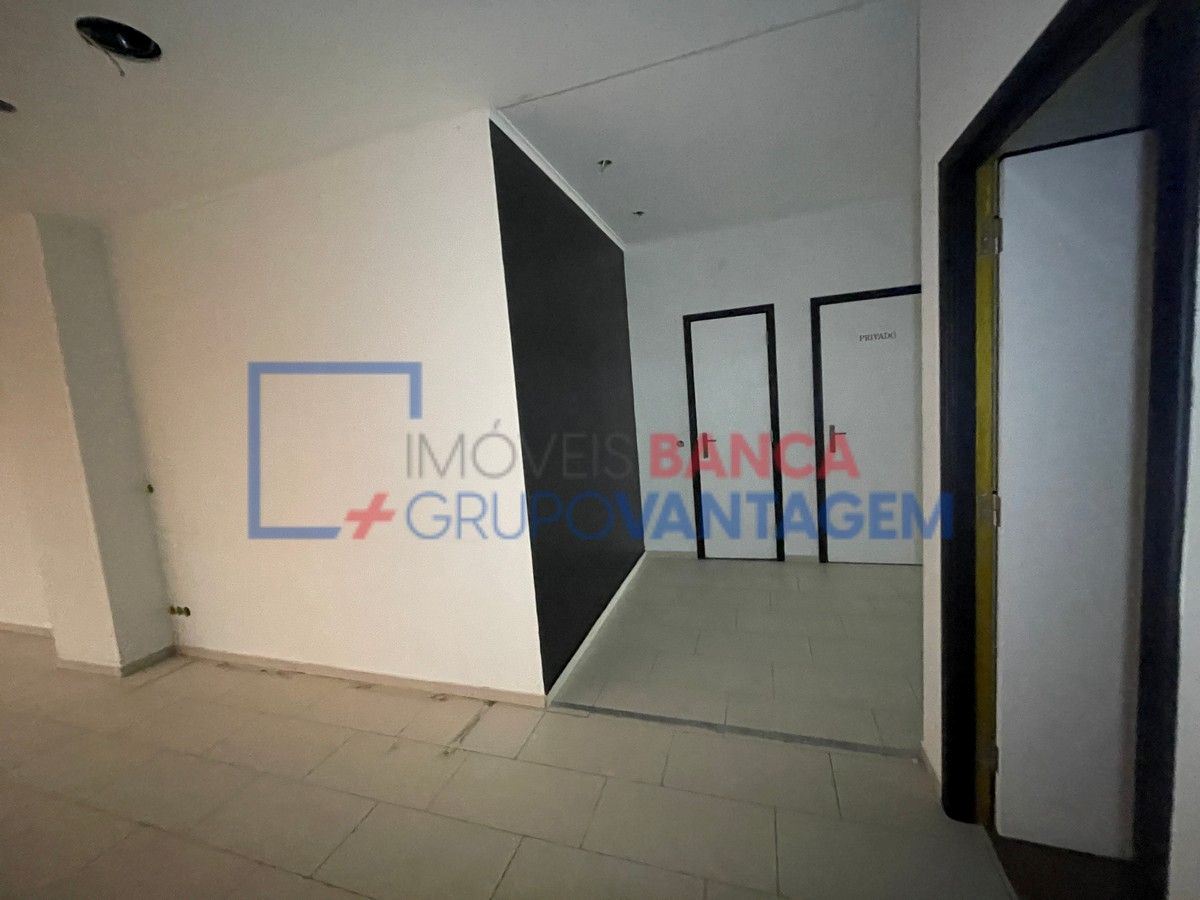
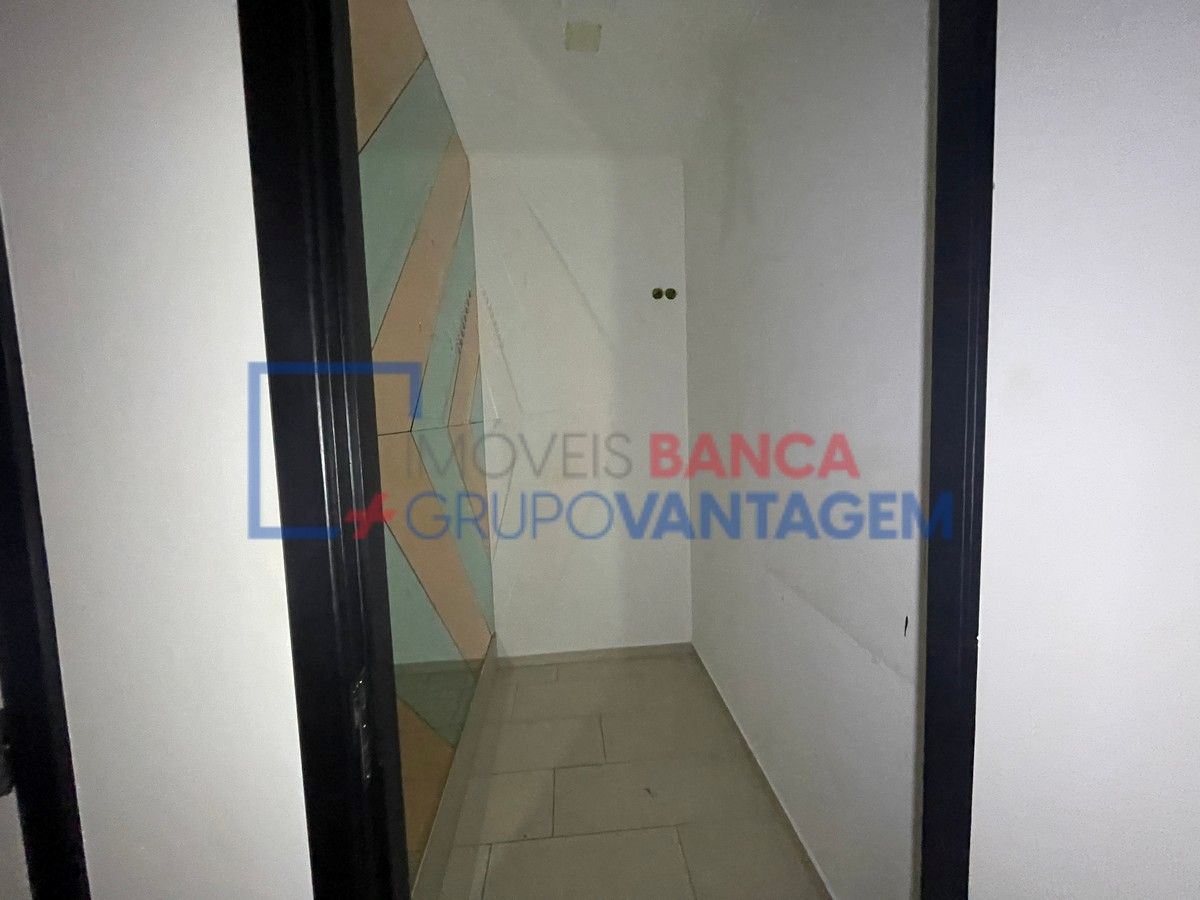
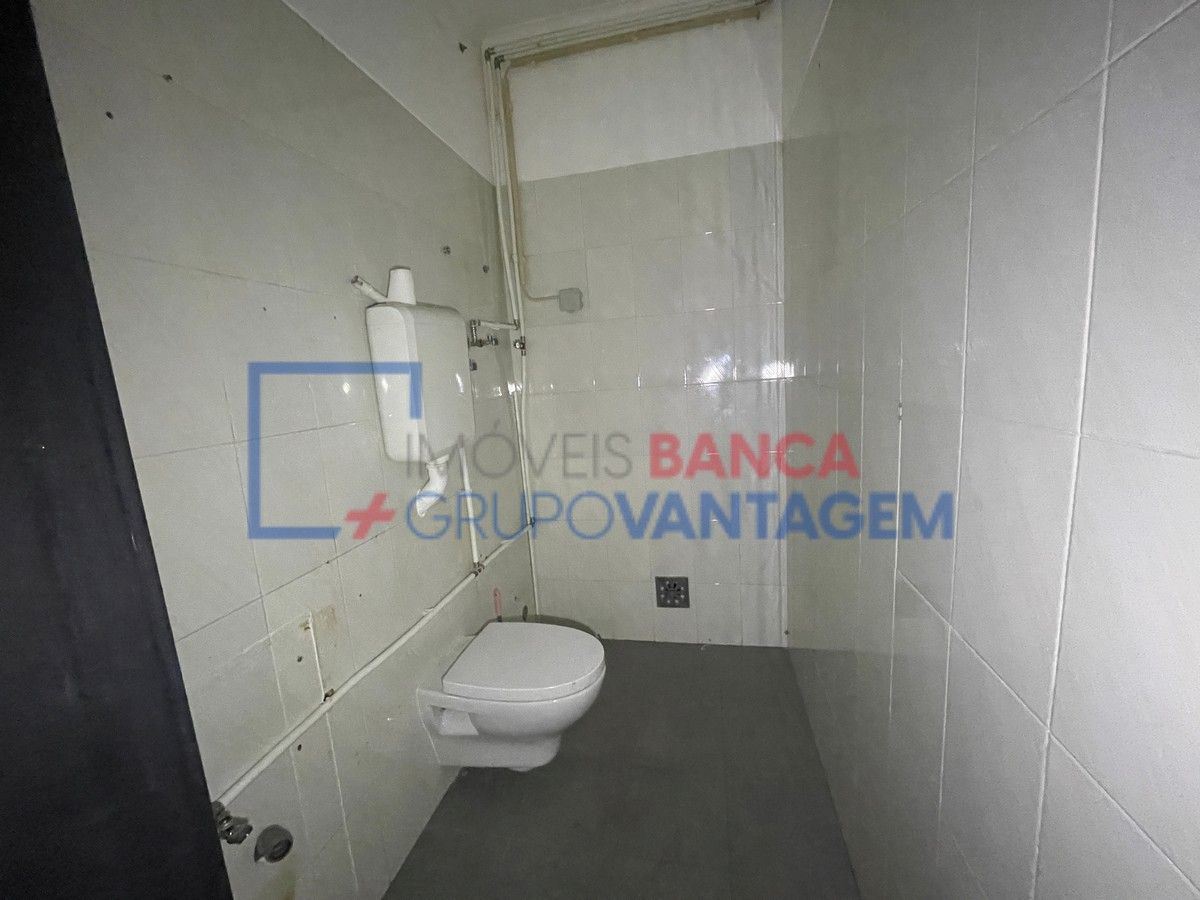
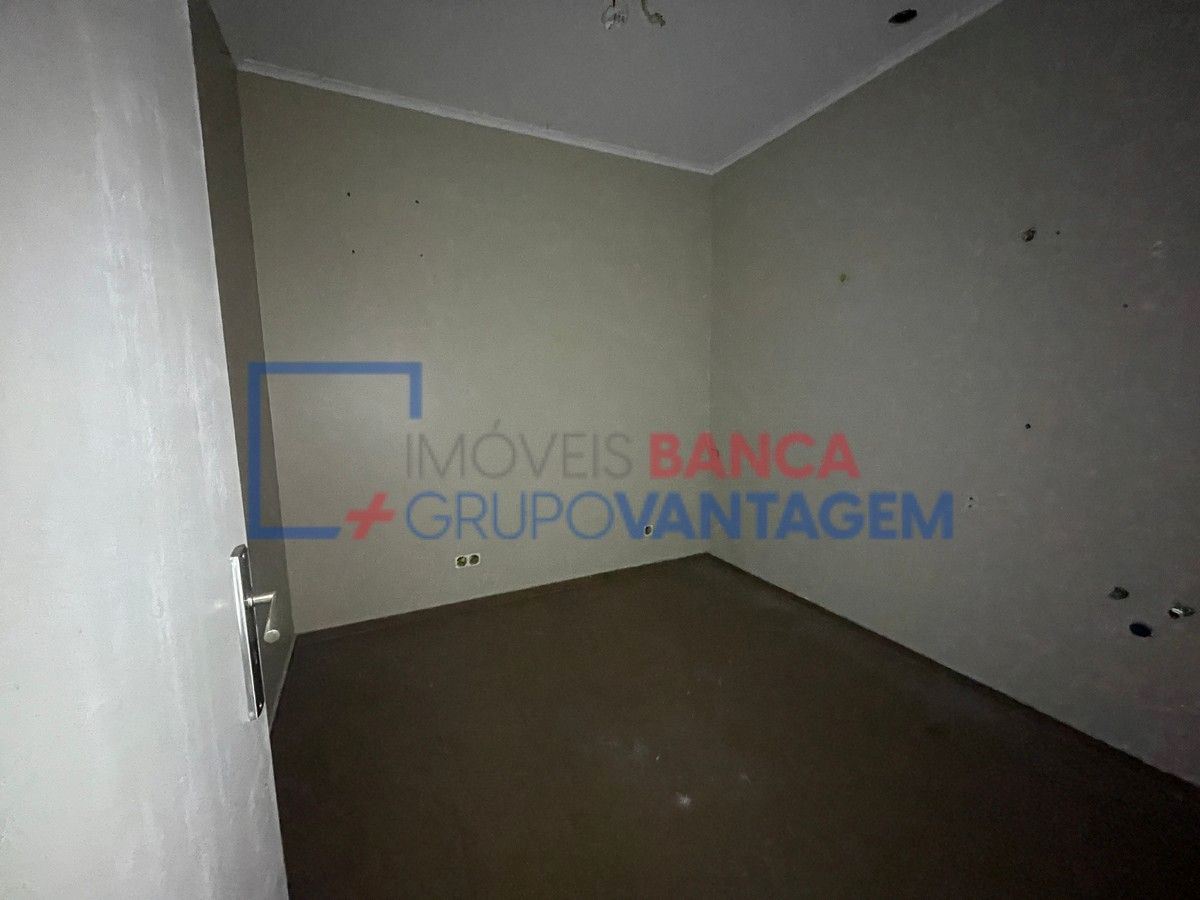
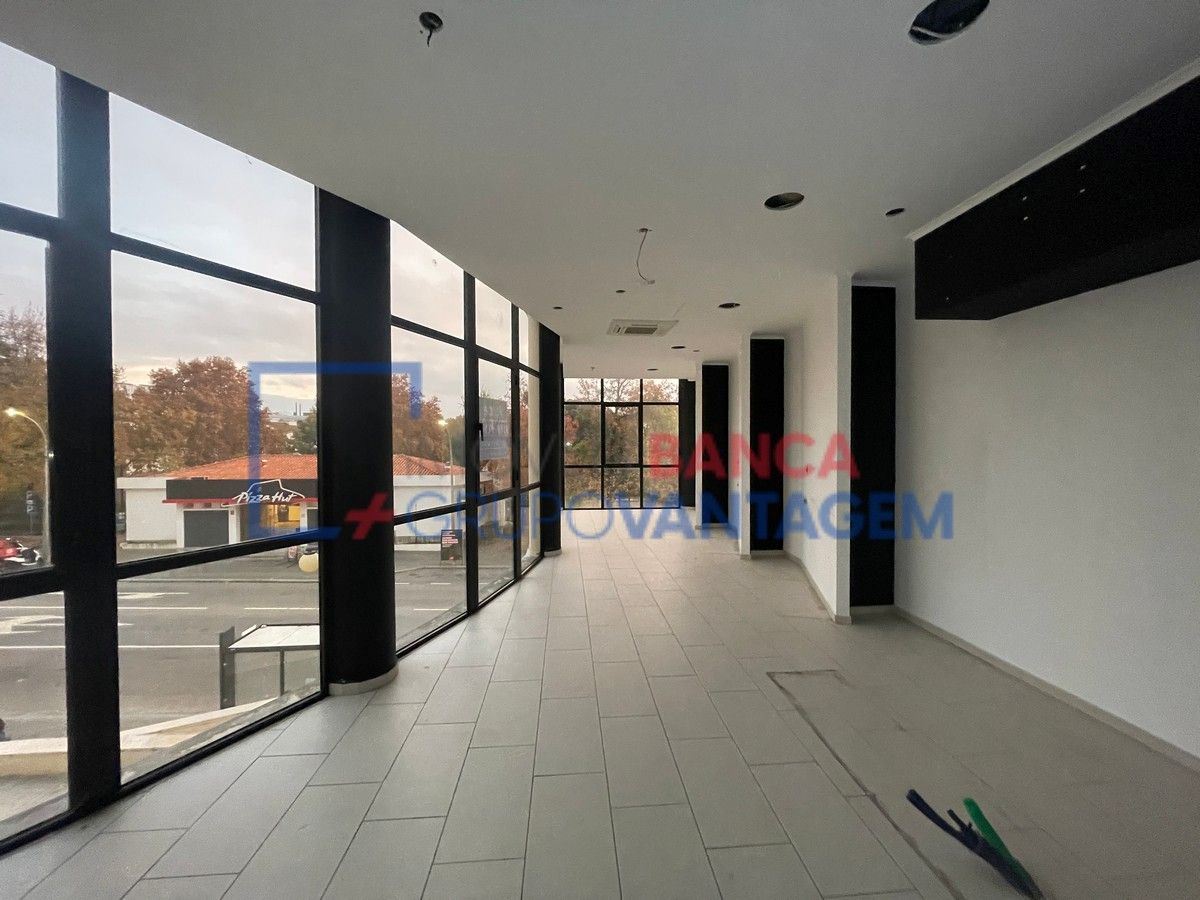
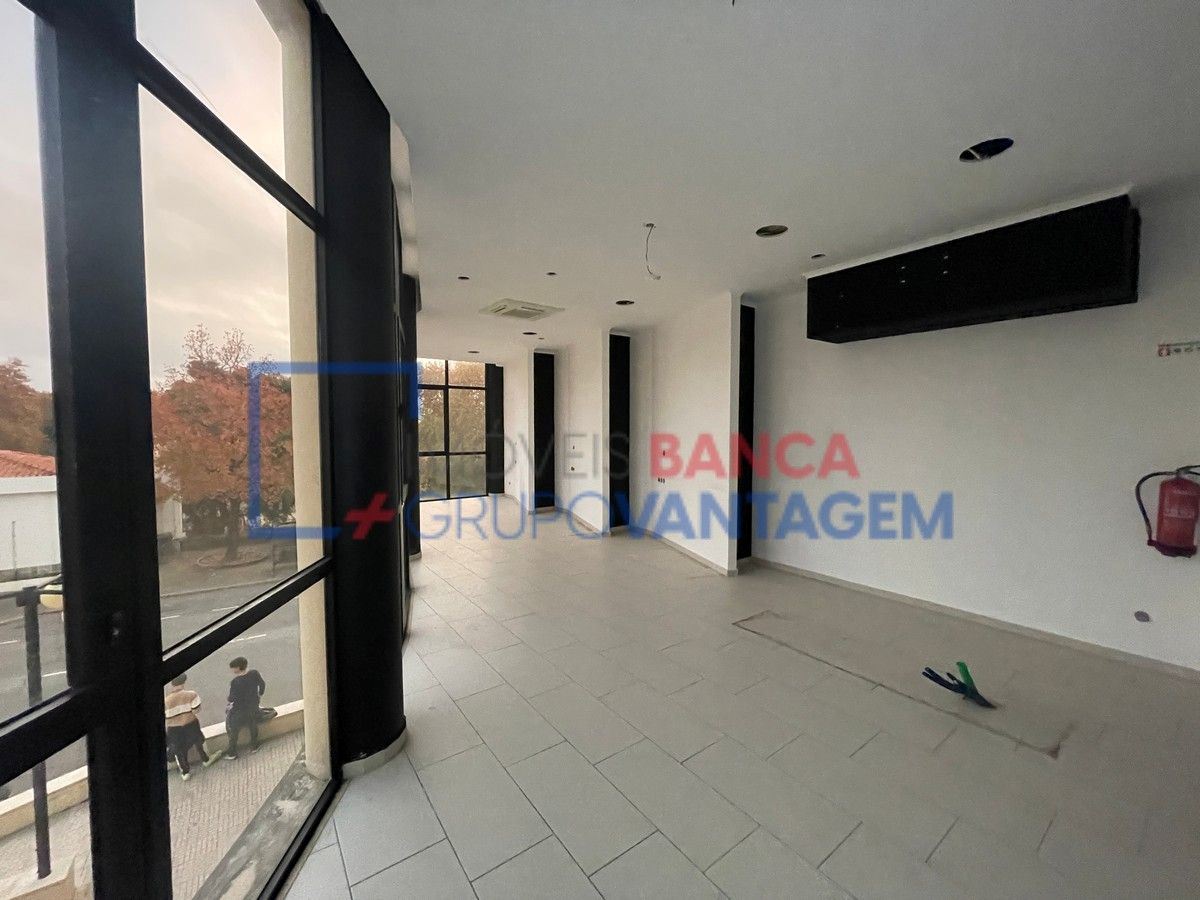
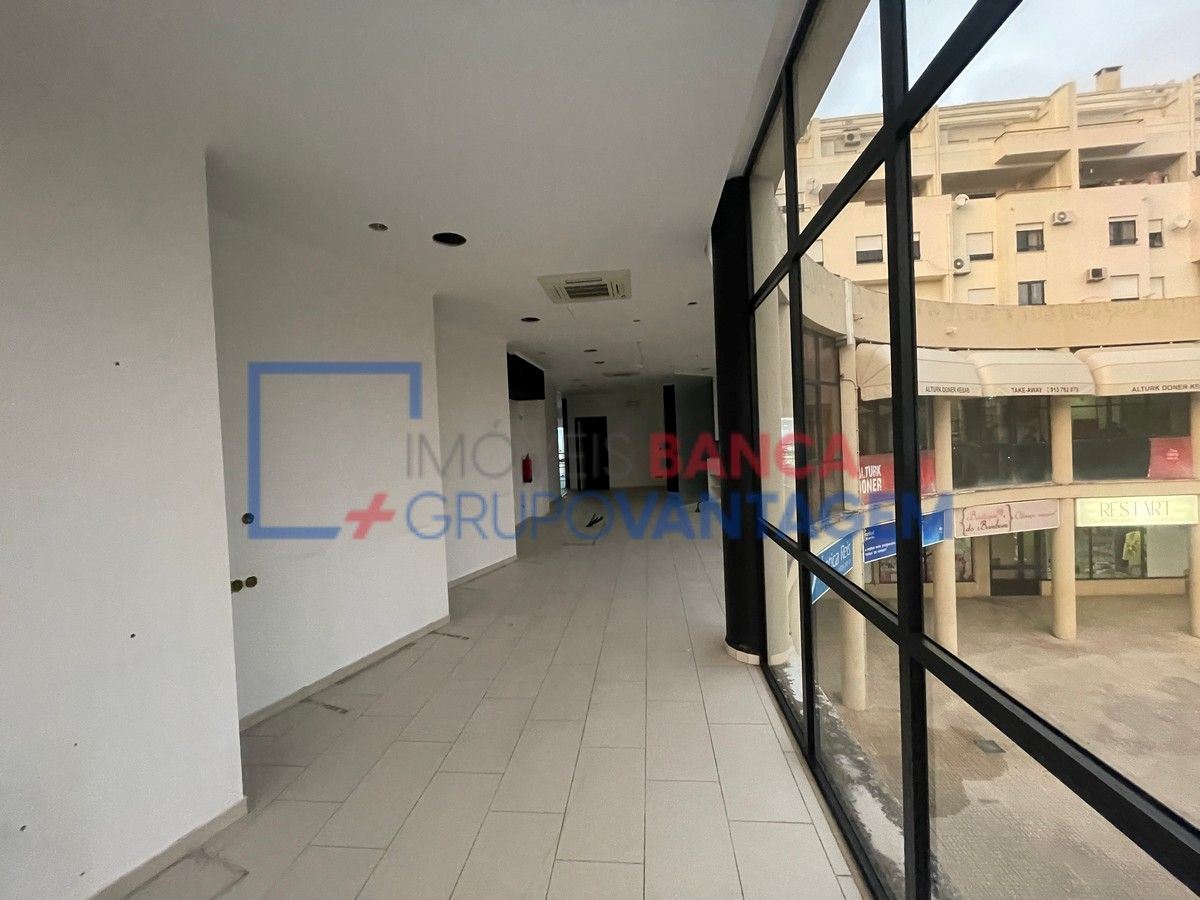
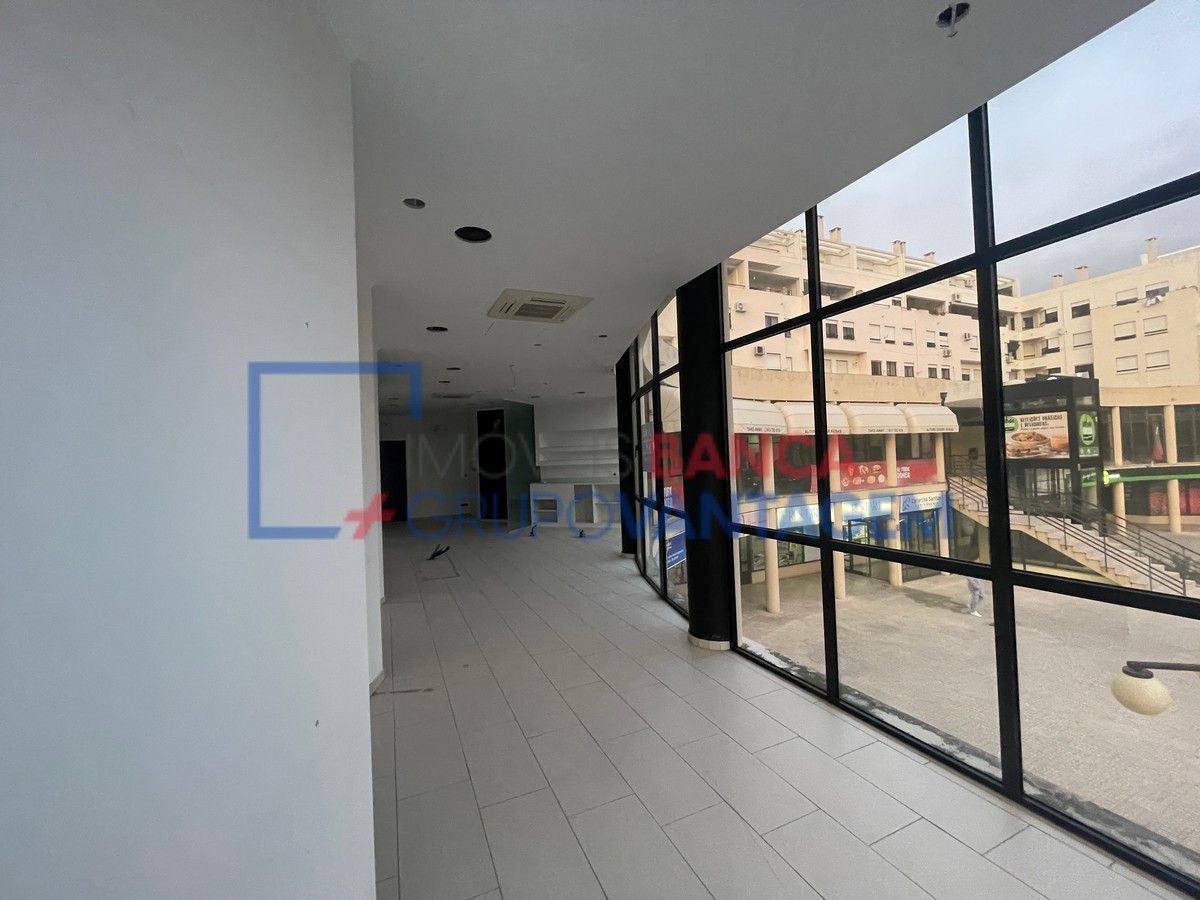
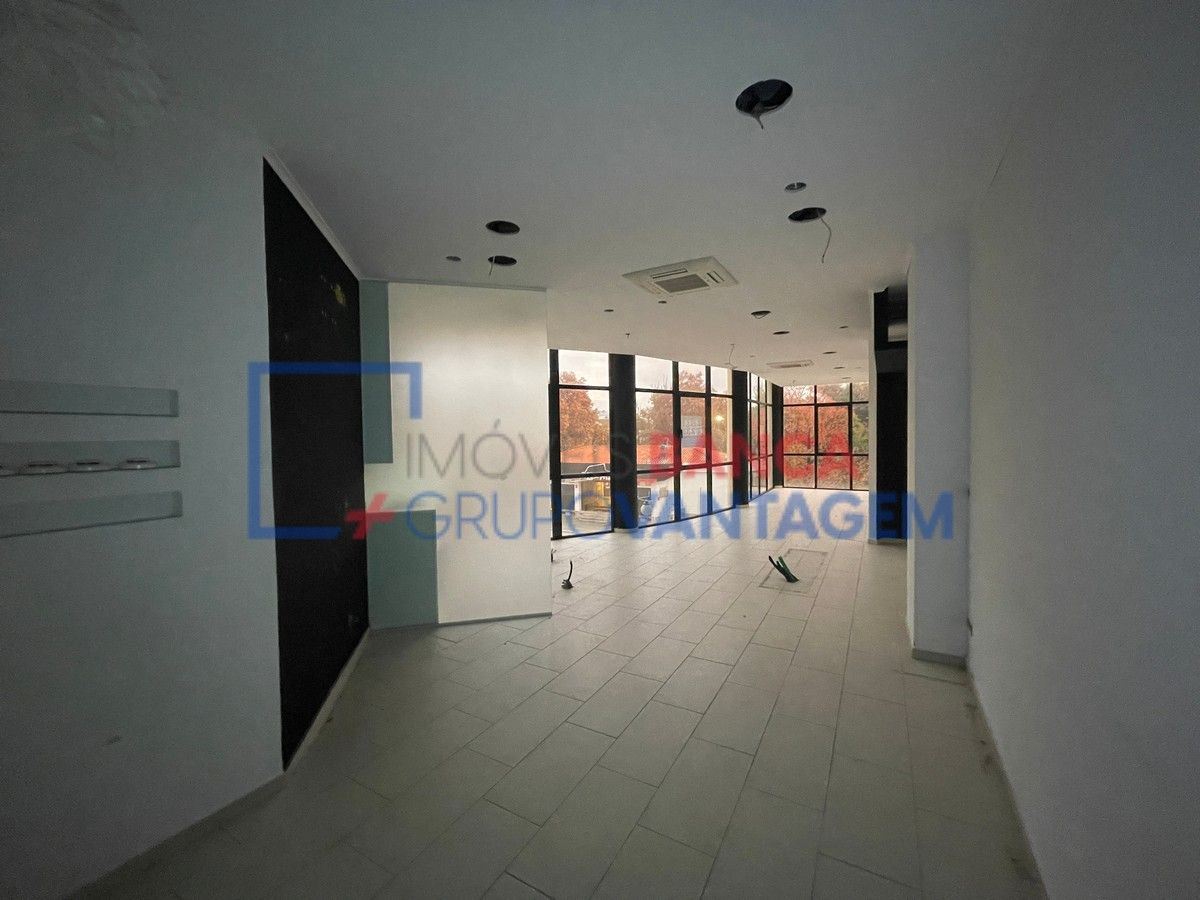
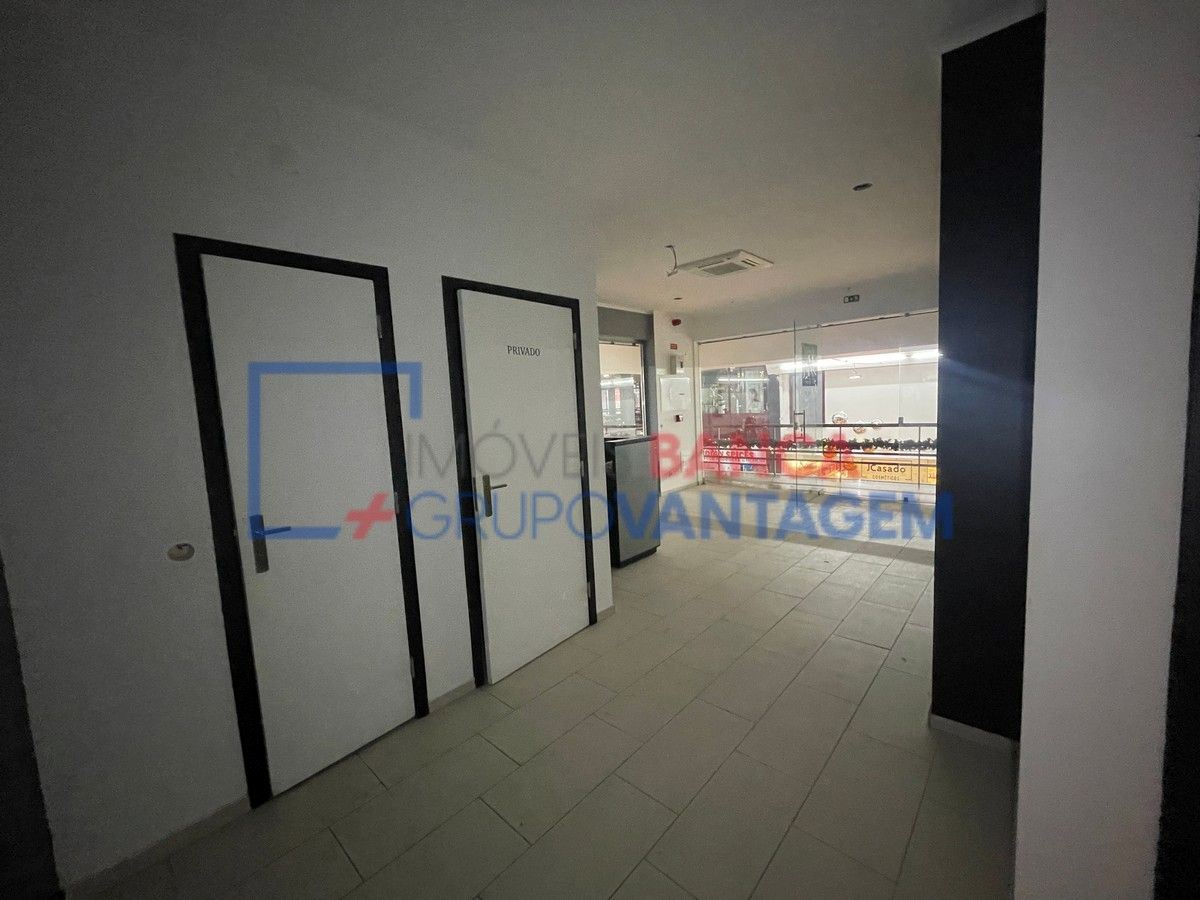
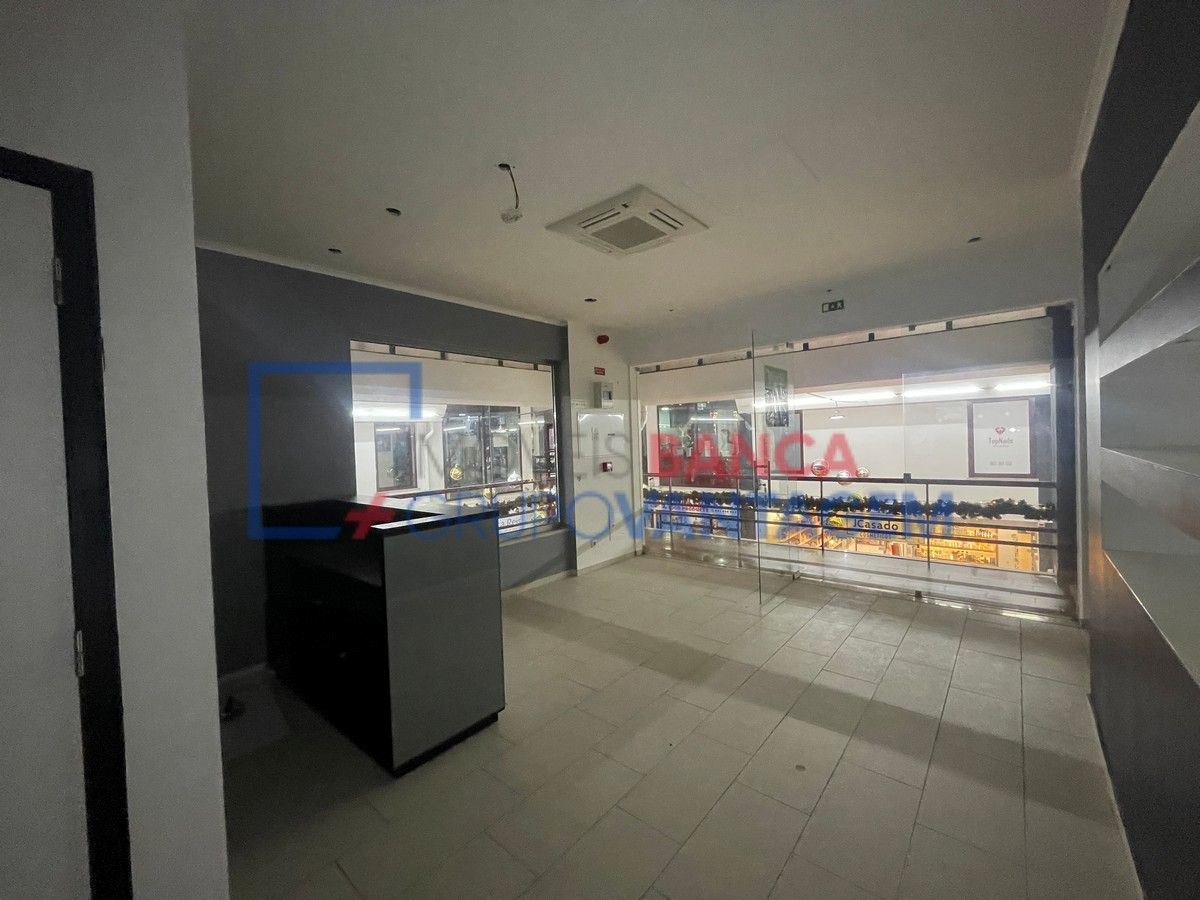
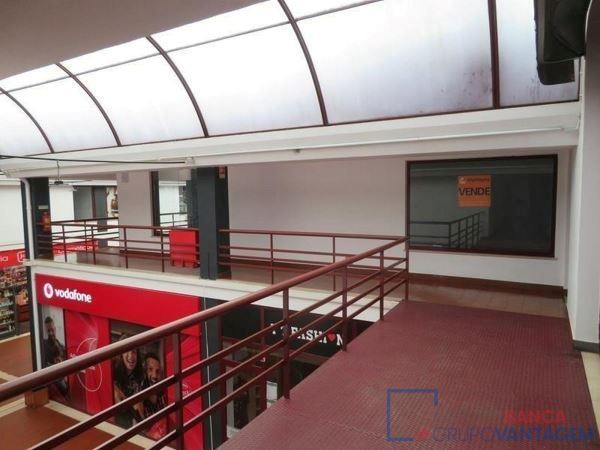
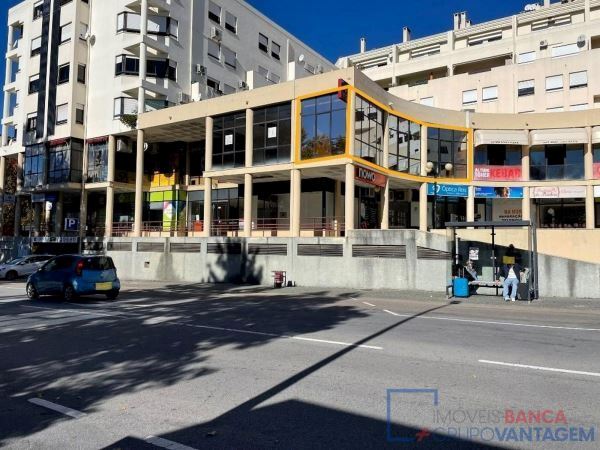
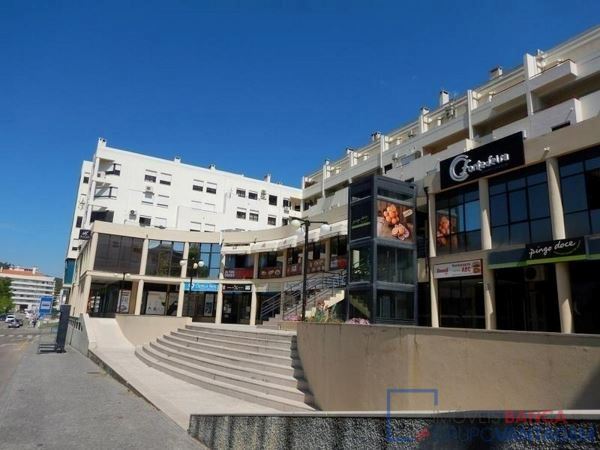
Loja com 98m², localizada no Centro Comercial Fontedeira, em Portalegre.
Imóvel situado na zona norte da cidade, predominantemente habitacional mas com alguma incidência de comércio e serviços. Dispõe de bons acessos e oferta de estacionamento à superfície e subterrâneo.
Localiza-se próximo do Hospital Distrital, Escola Superior de Saúde, Tribunal e Estádio Municipal.
Espaço reabilitado e adaptado a salão de tratamentos de beleza, com três espaços independentes e zona comum, arrumos e casa de banho.
Para mais informações, documentação ou marcação de visitas, contacte, por favor:
Franciso Rocha
(+351) 938 826 522
fe.rocha@remax.pt
Se desejar uma forma de contacto mais comoda e rápida, informo que estou disponível por Whatts App, através do nº de contacto acima indicado.
Necessita de Financiamento para a compra do seu futuro imóvel?
Sem problema! Tratamos da aprovação do seu crédito!
Temos ao seu dispor, um gabinete financeiro, GOLD BY MAXFINANCE, intermediário de crédito registado no Banco de Portugal sob o Nº 0002250, que trata do seu crédito.
Estamos disponíveis para ajudar em todo o processo.
Não hesite e contacte-nos hoje mesmo e marque a sua visita!
Não perca esta oportunidade.
A RE/MAX + Grupo Vantagem existe para o ajudar a realizar os seus sonhos quer seja na Compra, na Venda ou no Arrendamento do seu Imóvel, quer seja para habitação própria ou como investimento.
Estaremos sempre à sua disposição e antecipadamente gratos pela oportunidade de poder falar consigo para lhe dar a conhecer o nosso compromisso e profissionalismo, por isso não hesite e contacte-nos.
Escolher a RE/MAX + Vantagem significa optar pela mais eficiente rede de Consultores Imobiliários do Mercado, capazes de o aconselhar e acompanhar em todo o processo da operação de compra, venda ou arrendamento do seu imóvel.
Descrição da Zona Geográfica
Situada na Serra de São Mamede e perto da fronteira com Espanha, Portalegre teve uma posição estratégica na defesa do território durante a Idade Média. O rei D. Afonso III (1248-79) doou-a ao filho bastardo D. Afonso Sanches. Esta ação foi muito contestada pelo irmão D. Dinis (1279-1325), seu sucessor, que em 1299 a integrou nos bens da coroa, mandando então reconstruir o Castelo.
Ainda na época medieval, estabeleceu-se em Portalegre a ordem religiosa franciscana no Convento de São Francisco e no Convento de Santa Clara.
No início do séc. XVI, depois de fundada a Misericórdia de Portalegre, o Bispo da Guarda, D. Jorge de Melo, mandou construir o Convento Cisterciense de São Bernardo. A cidade, reconhecida nessa época como um importante centro administrativo e económico, foi elevada a cidade por D. João III, que então criou a Diocese de Portalegre e mandou construir a Sé Catedral. A ação do novo bispado afirmou-se na construção do paço Episcopal e do Seminário Diocesano, hoje transformado em Museu Municipal.
Os séculos XVII e XVIII deixaram na cidade um forte caráter barroco que ainda se conserva nalguns monumentos, como a Igreja de São Lourenço, e nas casas apalaçadas de que o Palácio Amarelo, o Palácio dos Falcões ou o Palácio Achioli são exemplos notáveis, conservando os brasões das famílias que os habitaram e uma rica decoração em ferro forjado, trabalho singular na região.
Após a extinção das ordens religiosas, em 1834, e com o advento da revolução industrial, a cidade esforçou-se em dar resposta ao progresso atribuindo novas funcionalidades aos antigos conventos e palácios.
São exemplo disso o Convento de Santo Agostinho, transformado em quartel da GNR, o Convento de São Bernardo, o Convento jesuíta de São Sebastião, ocupado pela Manufatura de Tapeçarias de Portalegre ou o Palácio Castel-Branco, recentemente adaptado a Museu de Tapeçaria de Portalegre Guy Fino que relembra o contributo da indústria têxtil para o desenvolvimento da cidade.
English
Store with 98m², located in the Fontedeira Shopping Center, in Portalegre.
Property located in the north of the city, predominantly housing but with some commerce and services. It has good access and offers surface and underground parking.
It is located close to the District Hospital, Higher School of Health, Court and Municipal Stadium.
Space rehabilitated and adapted to a beauty treatment salon, with three independent spaces and a common area, storage and bathroom.
For more information, documentation or booking visits, please contact:
Franciso Rocha
(+351) 938 826 522
fe.rocha@remax.pt
If you would like a quicker and more convenient way of contacting us, we can be reached via Whatts App, using the contact number above.
Do you need finance to buy your future property?
No problem! We'll take care of your credit approval!
We have a financial office at your disposal, GOLD BY MAXFINANCE, a credit intermediary registered with the Bank of Portugal under No. 0002250, which will take care of your credit.
We are available to help you throughout the process.
Don't hesitate! Contact us today and book your visit. Don't miss out on this opportunity.
RE/MAX + Grupo Vantagem is here to help you realise your dreams, whether it's buying, selling or renting your property, whether it's for your own home or as an investment.
We will always be at your disposal and are grateful in advance for the opportunity to talk to you and let you know of our commitment and professionalism, so don't hesitate to contact us.
Choosing RE/MAX + Vantagem means opting for the most efficient network of Real Estate Consultants on the market, capable of advising and accompanying you throughout the entire process of buying, selling or renting your property.
Description of the Region
Located in the Serra de São Mamede and close to the border with Spain, Portalegre had a strategic position in the defense of the territory during the Middle Ages. King D. Afonso III (1248-79) donated it to his bastard son D. Afonso Sanches. This action was highly contested by his brother D. Dinis (1279-1325), his successor, who in 1299 integrated it into the crown's assets, then ordering the Castle to be rebuilt.
Still in medieval times, the Franciscan religious order was established in Portalegre in the Convent of São Francisco and the Convent of Santa Clara.
At the beginning of the century. XVI, after the Misericórdia of Portalegre was founded, the Bishop of Guarda, D. Jorge de Melo, ordered the construction of the Cistercian Convent of São Bernardo. The city, recognized at that time as an important administrative and economic center, was elevated to city status by D. João III, who then created the Diocese of Portalegre and ordered the construction of the Cathedral. The action of the new bishopric was confirmed in the construction of the Episcopal Palace and the Diocesan Seminary, today transformed into a Municipal Museum.
The 17th and 18th centuries left the city with a strong baroque character that is still preserved in some monuments, such as the Church of São Lourenço, and in the palatial houses of which the Yellow Palace, the Falcões Palace or the Achioli Palace are notable examples, preserving the coats of arms of the families that inhabited them and a rich decoration in wrought iron, a unique work in the region.
After the extinction of religious orders, in 1834, and with the advent of the industrial revolution, the city made an effort to respond to progress by giving new functions to the old convents and palaces.
Examples of this are the Convent of Santo Agostinho, transformed into a GNR barracks, the Convent of São Bernardo, the Jesuit Convent of São Sebastião, occupied by the Tapestry Manufacture of Portalegre or the Castel-Branco Palace, recently adapted to the Tapestry Museum of Portalegre Guy Fino who recalls the contribution of the textile industry to the city's development.

© 2025 Remax Vantagem. - AMI-7772
Todos os direitos reservados